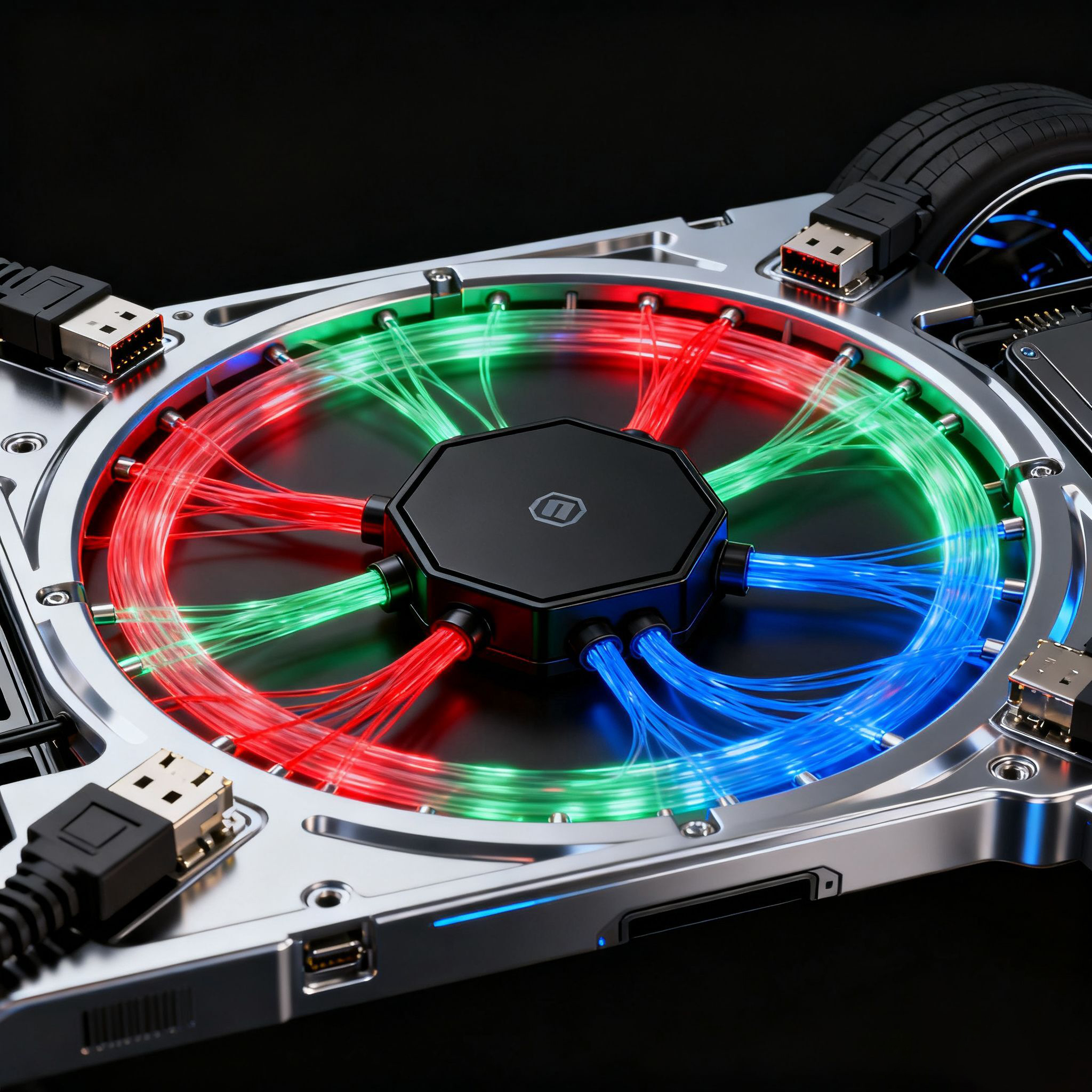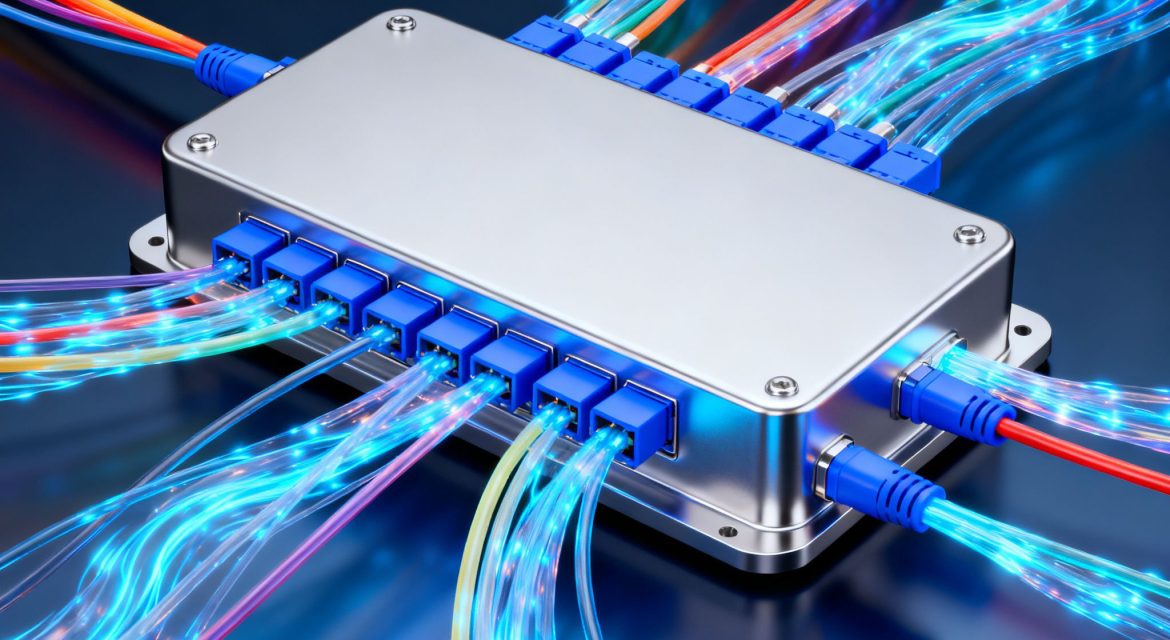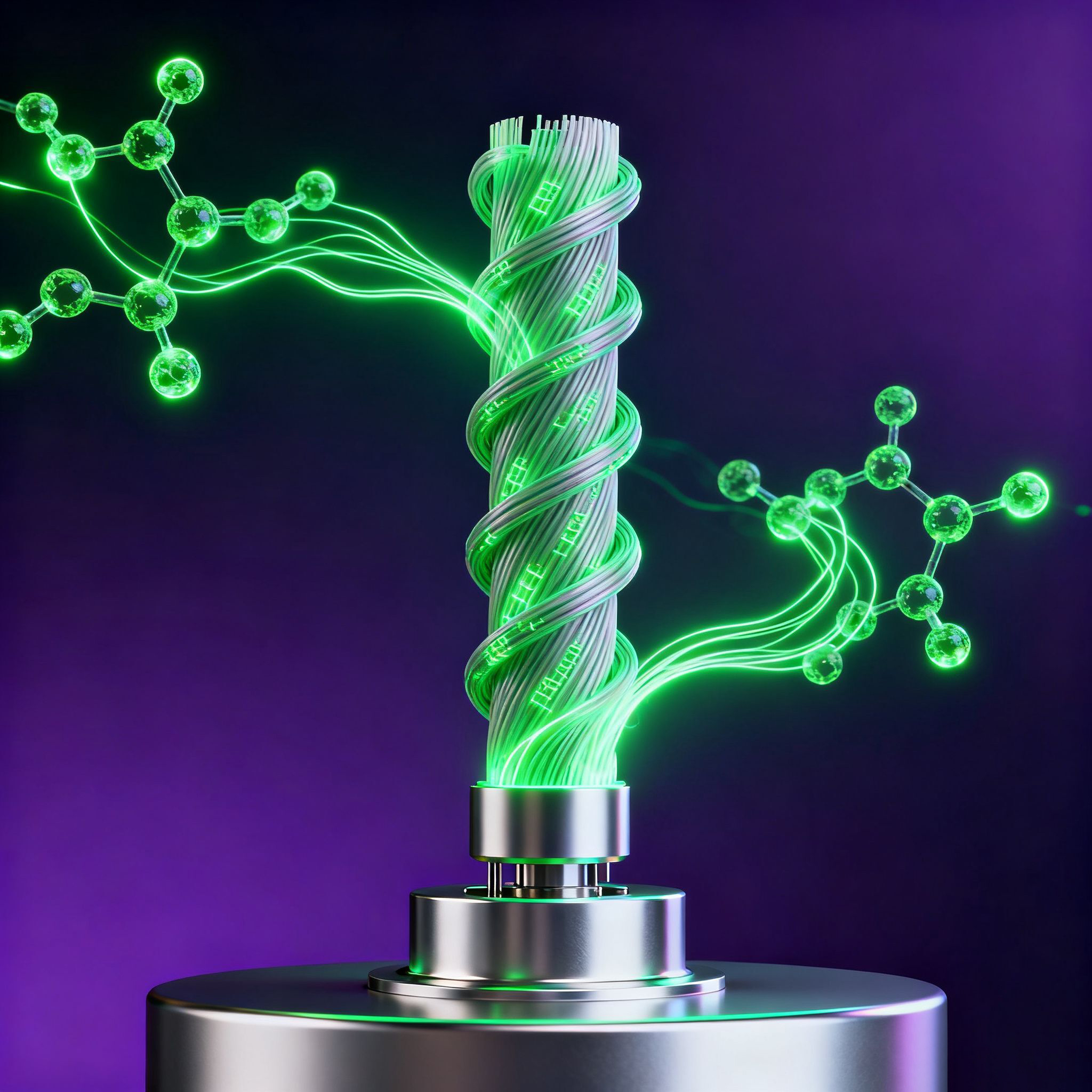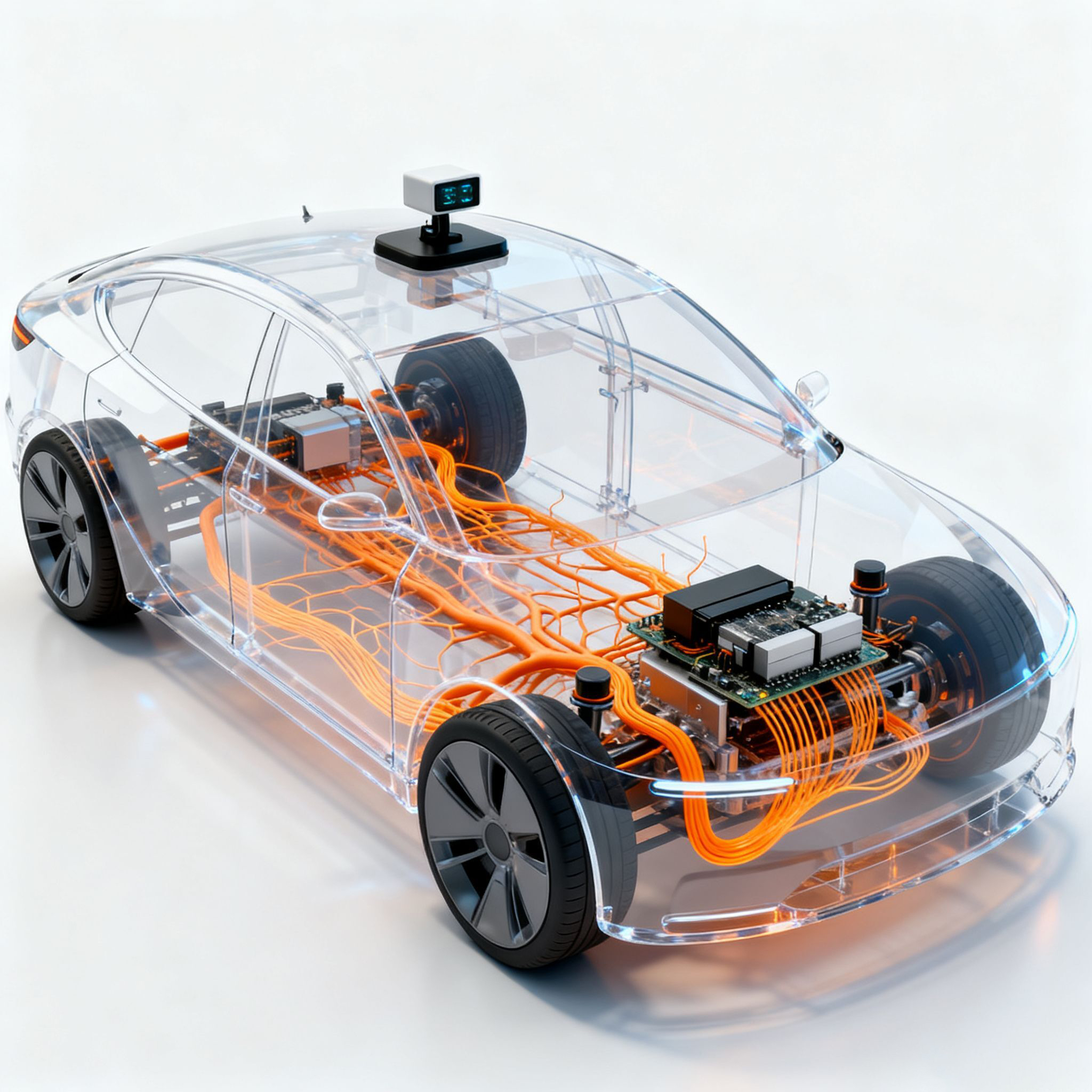Automotive Optical fiber control Module: The “Neural Network” of Future Cars
Have you ever wondered why cars nowadays are becoming increasingly intelligent and have faster response speeds? In fact, there is a less well-known key technology behind it – the automotive optical fiber control module. It is like the “neural network” of a car, silently supporting the realization of various advanced functions behind the scenes.

In the past, the control systems inside cars mainly relied on traditional copper wires to transmit data. However, as the functions of automobiles continue to increase, especially with the popularization of technologies such as autonomous driving, intelligent cockpits, and high-definition audio-visual entertainment, the transmission speed and bandwidth of traditional lines are gradually becoming inadequate. Just like an old road that suddenly has to carry a large volume of traffic, congestion and delays are inevitable.
The emergence of optical fiber control modules has completely changed this situation. It transmits data using optical signals, with a speed far exceeding that of traditional electrical signals, and has extremely strong anti-interference ability. You can imagine it as an upgrade from an ordinary road to a highway, which not only has more lanes but also avoids traffic jams. More importantly, the material of optical fibers is lightweight and takes up little space, which gives car manufacturers greater flexibility in design.
So, where exactly are optical fiber control modules applied? For instance, when you use the adaptive cruise control function, the system needs to process in real time the massive amounts of data transmitted by sensors such as radars and cameras. The optical fiber module can ensure that these data are transmitted to the central processing unit at a speed with nearly zero latency, enabling the vehicle to make judgments and responses quickly. For instance, in-car entertainment systems now support 4K video playback and multi-screen interaction. Without the high bandwidth provided by optical fibers, these functions might not be achievable at all.
However, the optical fiber control module is not without flaws. Its manufacturing cost is relatively high, and the requirements for installation and maintenance are more stringent. Once optical fiber lines are damaged, their repair is much more complicated than that of traditional lines. However, these minor flaws do not overshadow the overall merits. With the maturation of technology and large-scale production, these problems are gradually being resolved.
In the future, as the automotive electronic architecture becomes more centralized, the importance of optical fiber control modules will only become increasingly prominent. It is not only one of the key technologies for achieving fully autonomous driving, but also will make it possible for cars to be seamlessly connected with other devices such as smart homes and urban transportation systems.
Overall, although the automotive optical fiber control module seems to be just a small component, it largely determines the “intelligence quotient” and “response speed” of the car. The next time you enjoy the convenience brought by intelligent driving, why not think about this “neural network” hidden inside the vehicle body? It is silently safeguarding your safety and comfort.





